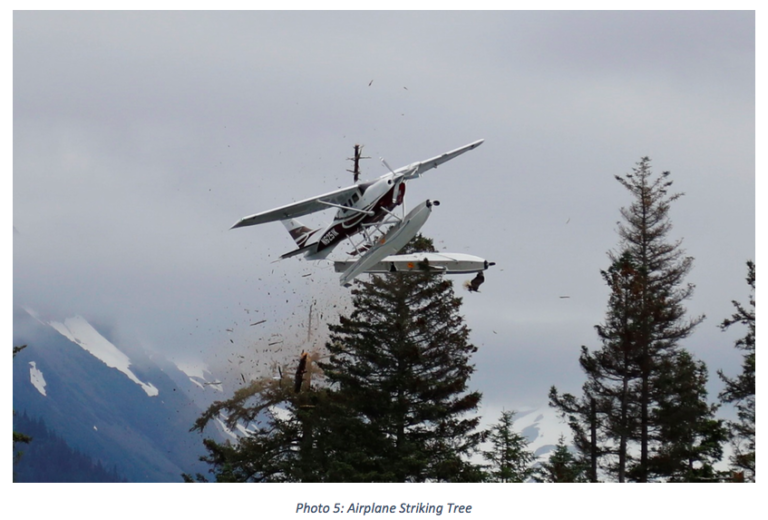
SLUSH FUND: Gov. Bill Walker last year said he would cut his own salary by one third, starting July 1, 2017. This would save the State $48,000, he said.
“While my pay cut will certainly not balance the state’s budget, I believe it is important to lead by example. These are tough times for many Alaskans and fixing the state’s deficit requires that we all make sacrifices and pull together,” Walker said at the time.
What happened was different. Walker can’t take a pay cut because his pay is set by State statute. And he never offered legislation this year to change the statute.
HB 71, offered by the governor to reduce his salary, died in House State Affairs committee, chaired by Democrat Representative Kreiss-Tomkins of Sitka. Its companion bill in the Senate made it to the Rules committee and awaits action from Democrats on the House side before moving to the floor.
Instead, Walker is taking his full pay of $145,000, and he is donating one-third of it to nonprofits around the state. It’s a nice gesture, and he can deduct it directly off of his tax filings, but it’s not the same as giving it back to the treasury.
Strategically, Walker’s first donation was to the Wasilla Police Department. He gave the WPD a check for $11,000 to help with the purchase of a new K-9 officer to replace the dog that died recently. His donation is fully tax deductible.
And, because he has made the donation to the Wasilla community, he will bask in the credit he has earned from his generosity in an area of the state that he’ll need votes in next year. The police, the dog lovers, and those who long for more public safety are important constituencies.
He told KTUU he’d be making other donations this year with his pay cut.
While he can be applauded for making mini-grants, Walker can also be slow-clapped for taking the money from the State and giving it in the form of mini-grants in places where he needs to shore up support, such as in the Valley. A political slush fund, if you will.
At least one Valley Republican activist was not impressed.
“The Valley cannot be bought,” said Carol Carman, chairwoman of District 9 Republicans.

STATE DELAYS GIVING VOTER INFO TO COMMISSION: Information that can be easily obtained by anyone who has an extra $21 will not be sent by the State of Alaska to the Presidential Advisory Commission on Election Integrity, which has asked for it.
The Governor’s Office released a statement on the delay today:
“The State had been preparing a response limited only to the public information available under the Alaska Public Records Act. The Alaska Public Records Act and AS 15.07.195 specifically prohibit the release of a voter’s: voter ID number, social security number or any part of that number, Alaska driver’s license or state ID number, date of birth, place of birth, telephone number, primary ballot choice, signature, and residence address if requested by the voter to be maintained as confidential per AS 15.07.195. This State planned to withhold the foregoing information from the Commission, consistent with Alaska law.
“Just this morning, however, the Commission notified the State of a pending lawsuit challenging its request, and asked the State not to respond at this time. If the request is renewed, we will evaluate the State’s response then.”
Any citizen who wishes to assist the Election Integrity Commission may obtain the information on a disk from the Division of Elections and forward it to the Vice President, who is heading up the commission. The address is:
Office of the Vice President
1600 Pennsylvania Avenue, N.W.
Washington, DC 20500
“We can’t take for granted the integrity of the vote. This bipartisan commission will review ways to strengthen the integrity of elections in order to protect and preserve the principle of one person, one vote because the integrity of the vote is the foundation of our democracy,” Vice President Pence said in May.
The commission will study vulnerabilities in voting systems used for federal elections that could lead to improper voter registrations, improper voting, fraudulent voter registrations, and fraudulent voting, according to Pence. The Commission will also study concerns about voter suppression, as well as other voting irregularities.





 But Rep. Gabrielle LeDoux, in answering reporters’ questions, contradicted the party line: “Eliminate credits – simply eliminate the credits – that’s what we can all agree on.” “Simply eliminate the credits.” “Repeal the credits, one doesn’t have to go with the other.” But that is not where House Resource Committee co-chair, Rep. Geran Tarr, is taking the House majority. The rumor is, LeDoux is not the only one in the majority caucus who is unhappy with the majority’s direction right now and, specifically, House Resource Committee leadership.
But Rep. Gabrielle LeDoux, in answering reporters’ questions, contradicted the party line: “Eliminate credits – simply eliminate the credits – that’s what we can all agree on.” “Simply eliminate the credits.” “Repeal the credits, one doesn’t have to go with the other.” But that is not where House Resource Committee co-chair, Rep. Geran Tarr, is taking the House majority. The rumor is, LeDoux is not the only one in the majority caucus who is unhappy with the majority’s direction right now and, specifically, House Resource Committee leadership.











